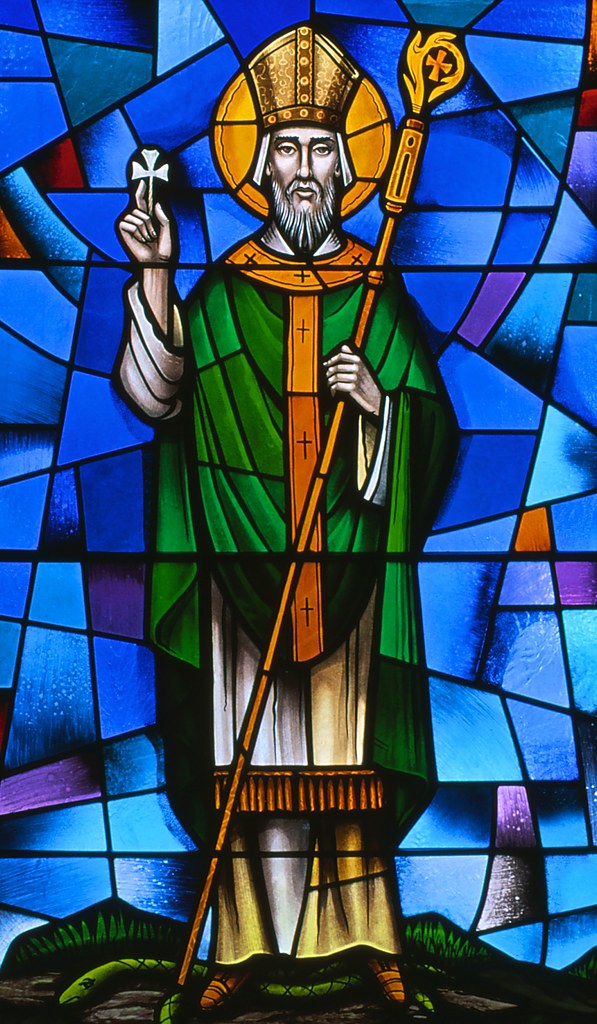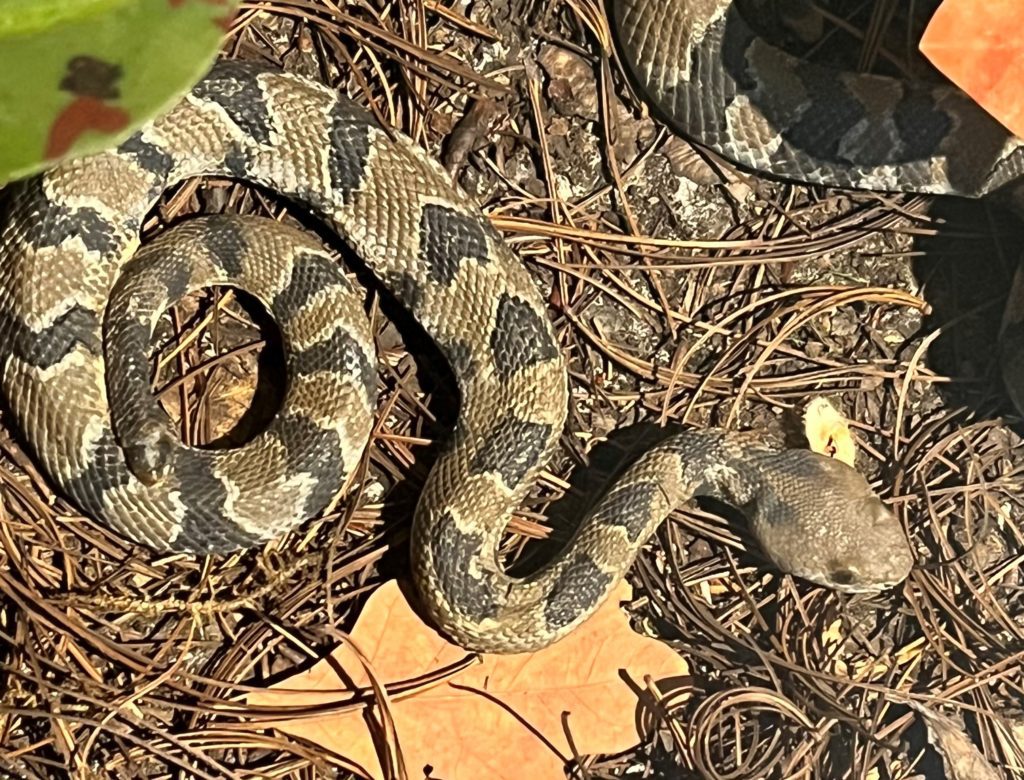by Patrick McShea
Through the lens of natural history, the legend of a Fifth Century Christian Missionary driving the snakes of Ireland into the sea has no factual basis. Ireland was snake-less territory long before the man now known to the world as Saint Patrick arrived on the scene, a condition attributable to the massive glacial ice sheet that covered the island and surrounding territories beginning approximately 26,000 years ago. In the centuries since the ice melted, as the Irish landscape became hospitable to various plants and animals, the surrounding cold Atlantic waters prevented the migration of snakes from nearby lands.

If St. Patrick’s enduring reputation as a reptile wrangler can be best explained by reference to religious symbolism, his legendary feat remains a testament to the long-standing fear and fascination humans have for snakes. Proof of this two-fold regard can also be found in the myths that persist in places where encounters with snakes are commonplace.

In Pennsylvania, where 21 species of snakes are considered to be native, a considerable amount of misinformation about our legless neighbors has developed during the Commonwealth’s 235-year history. Most of myths can be easily addressed – hoop snakes, creatures capable of holding their tails in their mouths to roll down hills, simply do not exist; the source of the cucumber smell some people associate with copperheads might be a habitat odor created by the rot of decaying bark and other vegetation; and snakes are simply not physically equipped to dig their own extensive tunnel systems.
One particularly persistent myth involves interbreeding between timber rattlesnakes (Crotalus horridus), one of three venomous species found in Pennsylvania, and black rat snakes (Pantherophis alleghaniensis), a common species that frequently draws human attention because of its tree climbing abilities. Young black rat snakes have a banded pattern that has repeatedly led some human observers to speculate about rattlesnake ancestry.

The Pennsylvania snake displays on the Daniel G. & Carole L. Kamin T. rex. Overlook are the perfect place to develop the type of memory image required identify a young black rat snake, and perhaps minimize the attendant anxiety of an unexpected future encounter.

Patrick McShea works in the Education and Visitor Experience department of Carnegie Museum of Natural History. Museum employees blog about their unique experiences and knowledge gained from working at the museum.
Related Content
Section of Minerals and Earth Sciences Celebrates Being Lucky!
Carnegie Museum of Natural History Blog Citation Information
Blog author: McShea, PatrickPublication date: March 11, 2022
